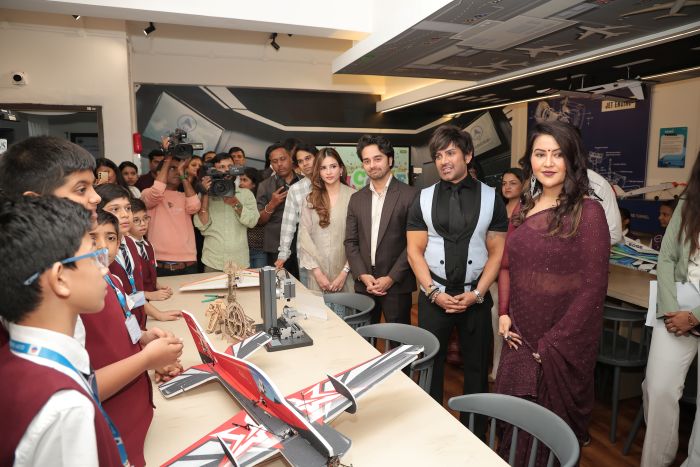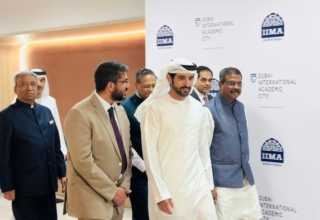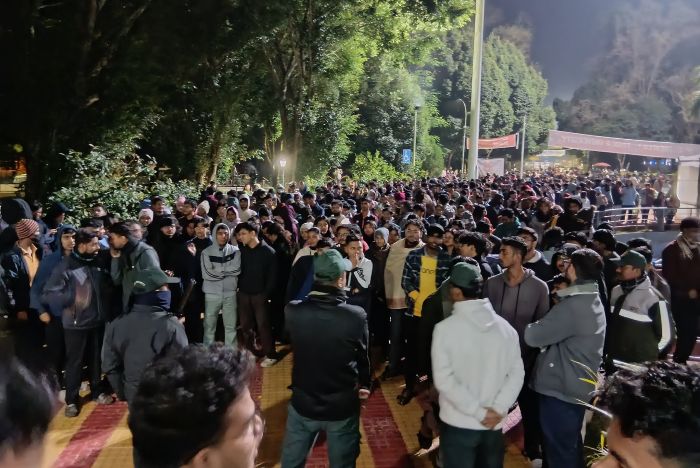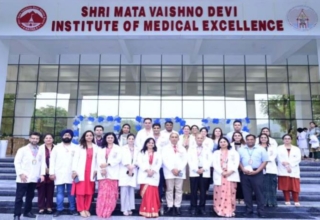
India’s 21st century skilling story, in which skill development reincarnated as a priority sector in the second half of 2000s decade with the setting up of National Skills Development Corporation (NSDC) in 2008, announcement of the National Skills Policy 2009 and all hyped talks about the importance of skills and models getting 360-degree attention, is still rife in officialdom and hasn’t as yet quite made a place in the popular culture.
That country’s education system was less about skills and more about creating a large population of unskilled educated youth hard pressed on finding employment even as industry was parched for skilled manpower, was the basis for promoting skill development and an enabling ecosystem and instruments. Coming together of industry and Government for skilling India rightly met with a lot of enthusiasm and hope.
However, the Government driven by hallow narrative conveniently ignored its own systemic strengths and models in whatever fragmented way these were present in the education system and reports of its own bodies which had recommended vocational education for 25% of low performing (in academics) students in secondary classes. The result, schemes around short-term skilling courses or more precisely industry ready bridge courses with big targets made up the enthusiastic outlooks, presentations and celebratory events. In conference rooms and papers, India was skilling as per script taking shortcuts!
Before 2015, when the skill development initiatives were still in the formative stages and got thoroughly exposed for unrealistic claims, the new BJP-led NDA Government did put the things in a mission mode and also created a separate ministry. In this model too, the industry experts mostly without the participation of educationists, took it upon themselves to create an architecture of a formal structure and content for skilling curriculum. Various Sector Skill Councils (SSCs) were formed, which in their best capacity developed the Qualification Packs (QPs), National Occupational Standards (NOSs) and assessment mechanisms in their respective domains, ‘in alignment with the needs of the industry’. And, the regulatory framework was provided handholding by an already incepted National Skills Qualifications Framework (NSQF) in 2013 to make the skilling architecture vertically progression oriented and offer alternative education path to youth besides mainstreaming skills educaton.
Realizing the importance and the necessity for developing skills among students, and creating work ready manpower on large scale, the UGC decided to implement the scheme of Community Colleges as one of its independent schemes from the year 2014-15. The Commission also launched another scheme of Bachelor of Vocational Education (B VoC) Degree programme to expand the scope of vocational education and also to provide vertical mobility to the students admitted into Community Colleges for Diploma programmes to a degree programme in the Universities and Colleges.
With this enabling architecture and framework, setting up of universities was the logical next step and prior to Covid pandemic, the country already had over a dozen exclusive skill universities, both public and private. This was in continuum of the decade old excitement around skill development and its perceived need and a huge market. But again, the growth curve hasn’t been that exciting. There is certainly no buzz.
Education institutions particularly universities are historically known to have a long gestation period to acquire a respectable status in systems, programs, outcomes and in taking alumni pride. So, by that logic, these young specialized universities have miles to go and cannot be faulted if these aren’t attracting the same kind of students that for example medical colleges are.
Advancing and emerging technologies have disrupted several normals and the delivery of education is indeed one of these. Corresponding aspirations and opportunities have also changed their course. In the changed world and context, schools and colleges have now become more relevant as the science of learning is now recognized as fundamental skill to negotiate the AIs and other rapidly changing learning/skilling tools. NEP 2020 without emphasis on multidisciplinary education in all this permutation has rightly brought skilling where it belongs to. Now essentially all education institutions are also skilling settings.
Consider, the latest India Employment Report 2024, released by the International Labour Organization notes that one of the biggest constraints reported by jobseekers in finding jobs was the unavailability of jobs that match their education, skills, or experience (35%). At the same time, the report also highlights lack of adequate communication skills being one of the limitations that restrict people from finding jobs. This brings to fore the power of peer learning on campuses that remains as potent as it is across generations. Any wonder, why some teachers who turn mentors and remain popular as they excel in the art of education and motivating their pupil. That is only possible if the process/pedagogies of academic transactions are well grounded and minds free.
Can standalone skilling settings achieve that organic mass? Only rarely in comparison to actual happening educational institutions where academics are dominant. National Skill Training Institutes (NSTIs) and Industrial Training Institutes (ITIs) are the models to go with to integrate them closely with school and college clusters.
In some place like in Odisha, school children are taken to ITIs for an educational tour. And, when some of them join it later, the culture of school also moves with them. In contrast, most skill university departments are labs with limited students and avenues of unwinding, spaces and that peer talk. The significance of specialized institutions like skill universities is always there but these need to work closely with the mainstream university system and find innovative ways of engagement to maximize their impact than compete with it.
People may remember, home science, and other skill-based successes in yesteryears formal education. Had these been linked to jobs and industry, as a model of integrating academics with skills, a large youth population especially girls would have benefited. The crux of this discussion is that evidence-based policy and interventions must be the rule and everybody must be open to change and talk about it. These kinds of conversations will surely help India’s skill story emerge stronger and empowering.








